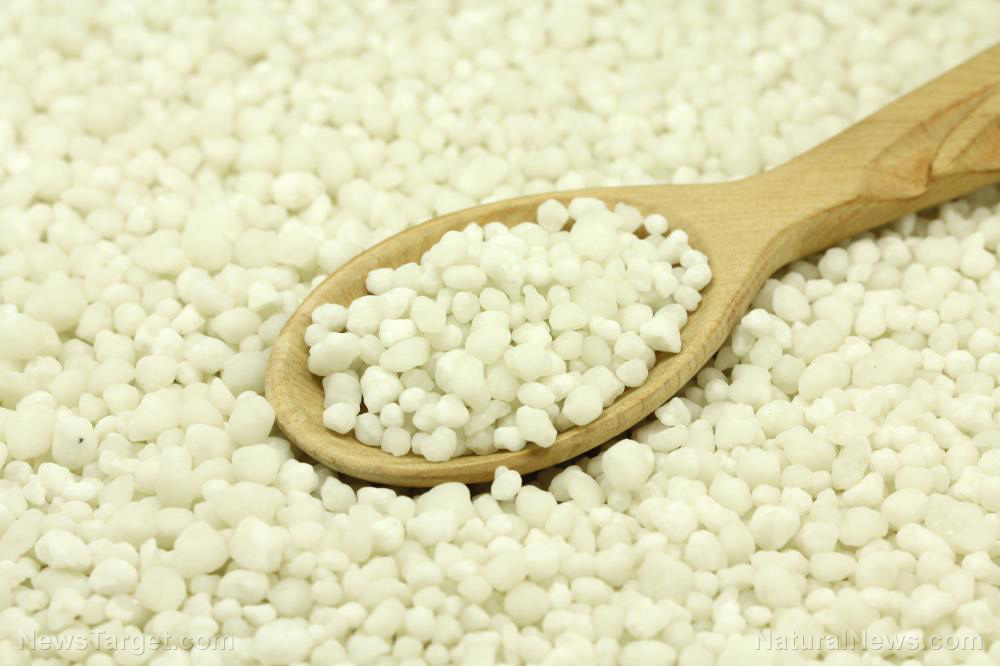
Rosy apple aphids can be a significant headache for organic apple farmers. When they feed, the toxins in their saliva can alter the plant itself and cause irreversible damage. Affected young trees grow up twisted and deformed. Even in mature trees, an attack by these bugs can leave the leaves curled up and distorted and the fruits stunted and deformed. Needless to say, the destruction they cause can be extremely costly to apple farmers.
These aphids are usually well-controlled, but there are times when they do get out of hand. When they do, eradicating them can be a challenge for farmers.
In order to avoid the harmful effects of chemical insecticides on human health and the environment, organic farmers turn to natural means of pest control. Most farmers control rosy apple aphids by spraying azadirachtin, an organic insecticidal compound derived from the seeds of the neem tree. According to the authors of the published study, this is the only active ingredient known to be effective against the bugs.
Unfortunately, azadirachtin is not legal in all countries. For example, the U.K. and the EU regulate the use and sale of azadirachtin, as well as all pesticides and products that contain it. It is, therefore, crucial that an alternative is found.
The authors tested several treatments as possible pest control measures against rosy apple aphids. These included pyrethrins, garlic extract, kaolin, and potassium salts of fatty acids. They also tested the benefits of defoliation. These treatments were all applied in autumn to test their effects on the number of winged forms and oviparae. Come winter, they applied lime sulfur and paraffin oil to determine the two substances' effects on rosy apple aphid eggs. The experiments were conducted between 2005 and 2010.
It is important to know the complex life cycle of rosy apple aphids to appreciate the significance of these measures. Aphids begin as eggs that hatch into female nymphs at the beginning of spring. These females are known as fundatrices and can reproduce asexually. Some of their offspring are born with wings, which they use to migrate to their summer hosts, the broadleaf and narrowleaf plantains.
In the plantains, the winged aphids give birth to more asexual young. These give birth to winged aphids that go back to the apple trees to mate and lay eggs that will last through the winter. The cycle is thus repeated. Several generations of aphids are born in a single year. Succeeding generations have a higher chance of producing winged aphids.
According to the authors, only the pyrethrin proved effective against the oviparae, the aphids that could lay fertilized eggs. Pyrethrin is a natural compound derived from chrysanthemum flowers. Although highly effective as an insecticide, it is not known to produce any significant toxic effect on humans. The researchers, however, did not notice pyrethrin causing a knockdown effect – the dizziness and disorientation that precedes death upon the application of an insecticide – in the oviparae.
The authors noted further that the timing of application was important to its success. Spraying in autumn, right when the oviparae have returned and are abundant in apple trees, is the most effective way to prevent an infestation come spring. Because of this, they noted that pyrethrins may be considered as a viable alternative to azadirachtin, especially in areas where the use of the latter is prohibited.
Sources include:
Please contact us for more information.























